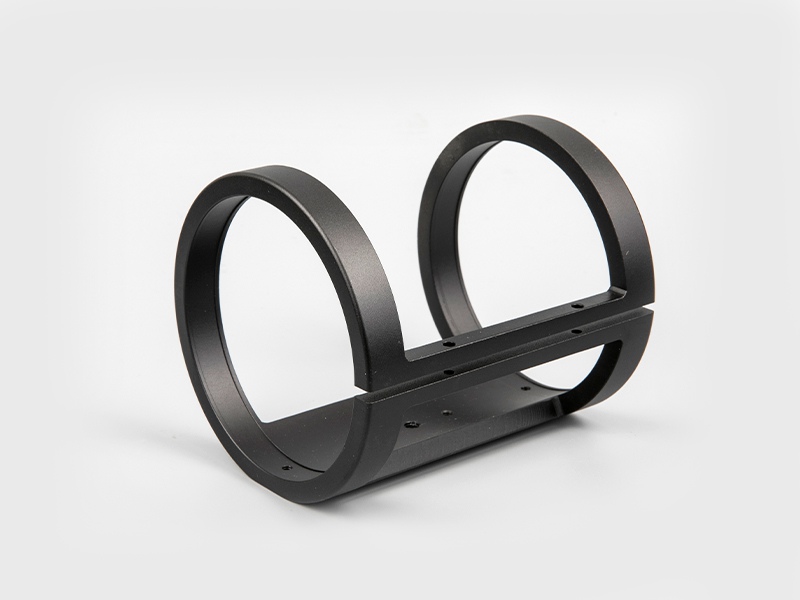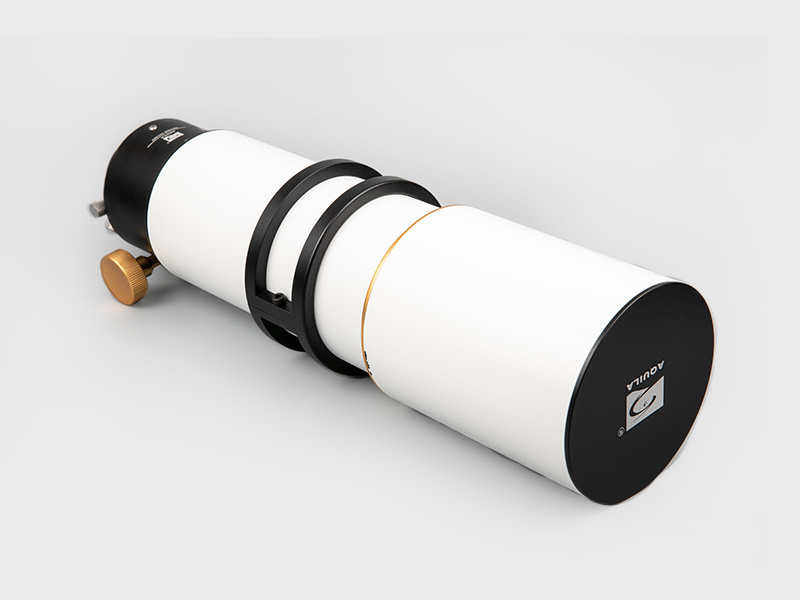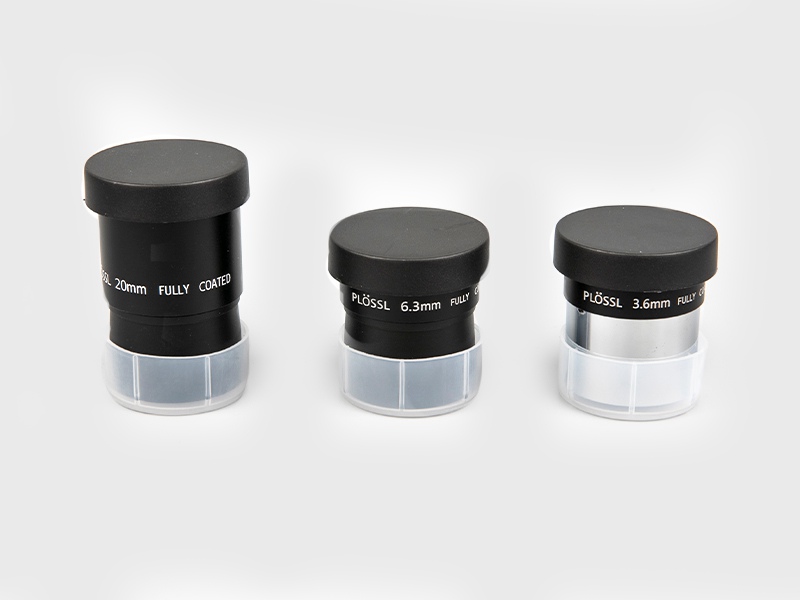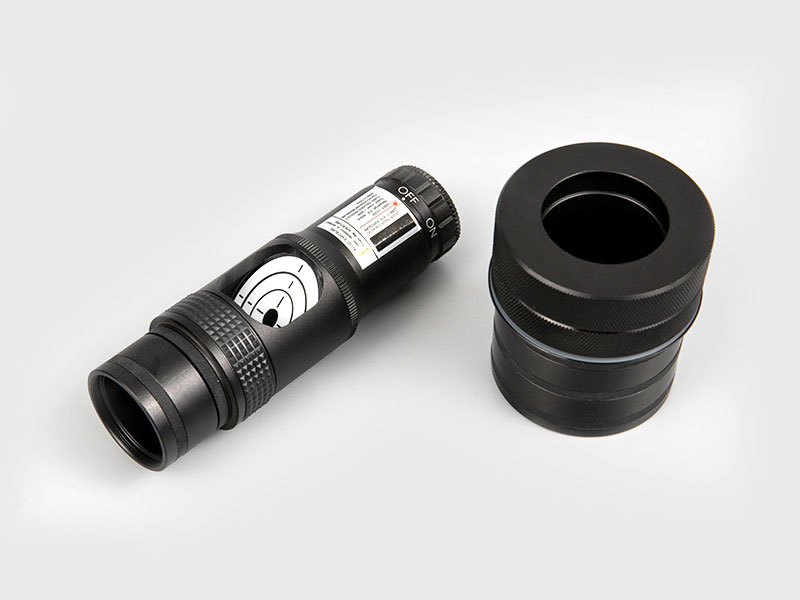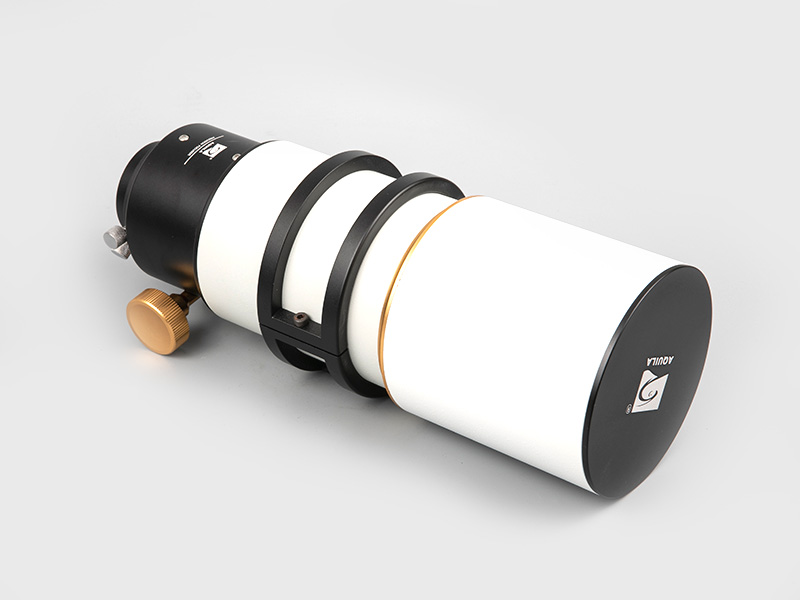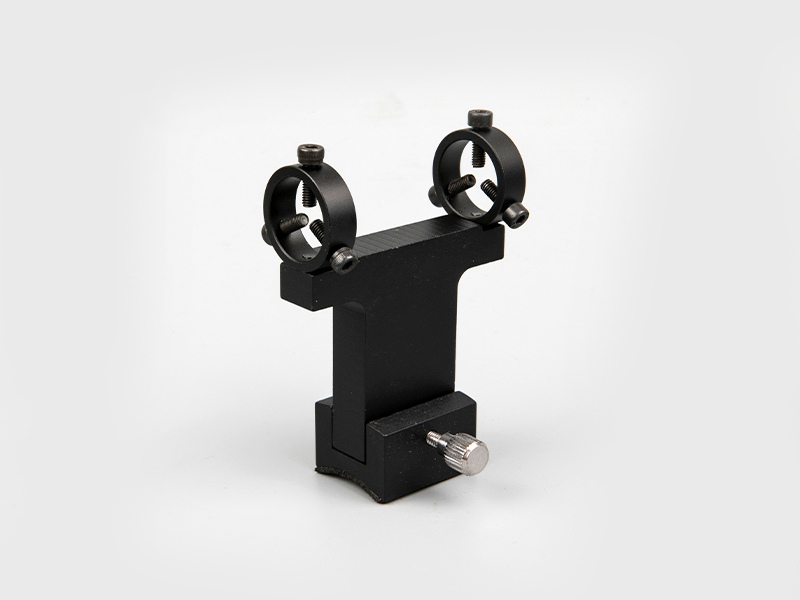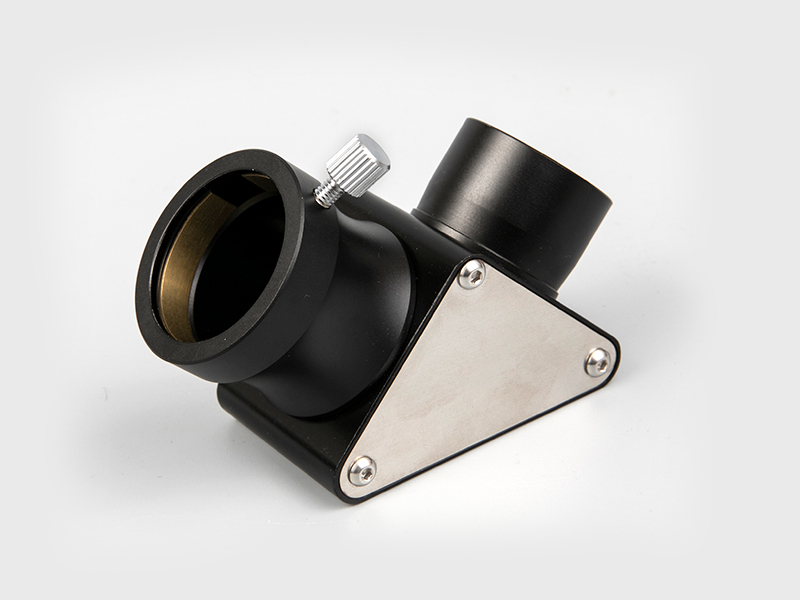1. The Dutchman Hans Lippershey invented the telescope in 1608, but there are rumors that the telescope was invented three years ago when a group of children were playing with lenses in the glasses manufacturer’s shop . That kind of thing often happened before the appearance of the Microsoft game console XBOX. (It means that the creativity of children nowadays is stifled by video games.)
2. Early telescopes sold like mad to merchants, who used them to spot approaching trade ships in hopes of beating out competitors.
3. Telescopes gave rise to the first high-speed telecommunications networks: spyglasses that were used to relay semaphore signals from miles away.
4. Galileo was the first to turn the telescope skyward, leading to the discovery of Jupiter’s satellites and craters on the moon. Less cleverly, he also pointed his telescope at the sun, which may have triggered his later blindness.
5. Ireland’s “Leviathan of Parsonstown,” a 40-ton reflecting telescope built by the Earl of Rosse in 1845, was the world’s largest for seven decades. But wet weather kept it shut down most of the time.
6. Almost every major observatory since then has been built in the clear, thin air of a remote mountaintop.
7. To deliver the 100-inch mirror for the Hooker Telescope on Mount Wilson in California, nearly 200 men with ropes guided a truck along a tortuous, eight-hour drive to the top.
8. But it was worth it. The Hooker Telescope proved that other galaxies exist and that the universe is expanding.
9. Today, using an Internet-based telescope such as the Seeing in the Dark scope at New Mexico Skies, any amateur can command a robotic observatory while lounging at home.
10. Most professional astronomers now work that way too, operating telescopes remotely with computers and rarely looking through an eyepiece.
11. Long time coming: NASA launched the Hubble Space Telescope in 1990, seven years late and $2 billion over budget.
12. Hubble’s eight-foot light-collecting mirror had to be polished continuously for a year to an accuracy of 10 nanometers, about 1/10,000 the width of a human hair.
13. Unfortunately, the contractors polished the mirror precisely wrong, off by a painful 2,200 nanometers.
14. Since the problem was fixed in 1993 by installing corrective lenses, Hubble has become the source of roughly 25 percent of all published astronomy research papers.
15. Telescopes that pick up radio waves, not visible light, got their start in 1932 when engineer Karl Janskynoticed that the static plaguing his equipment varied on a daily schedule. His antenna was picking up celestial radio sources rotating in and out of view.
16. In 1965 engineers Arno Penzias and Robert Wilson were also bugged by micro wave static, this time from every part of the sky. After eliminating poop from roosting pigeons as the cause, they realized they'd discovered the cosmic microwave background, the Big Bang's afterglow.
17. See for yourself: Tune an old analog TV to an empty channel. Much of that “snow” is from the cosmic microwave background.
18. Gamma ray telescopes can detect light from the most violent explosions in the universe, probably caused by stars collapsing into black holes. If a gamma ray burst occurred within 6,000 light-years of us, we’d all be fried.
19. Weirdest telescope ever? In the 1960s physicist Raymond Davis Jr. used 100,000 gallons of dry-cleaning fluid to detect invisble neutrino particles as they stream from the sun.
20. Davis’s bizarre telescope worked, revealing fundamental new physics and netting him a Nobel in 2002.

 English
English 日本語
日本語 Deutsche
Deutsche España
España

